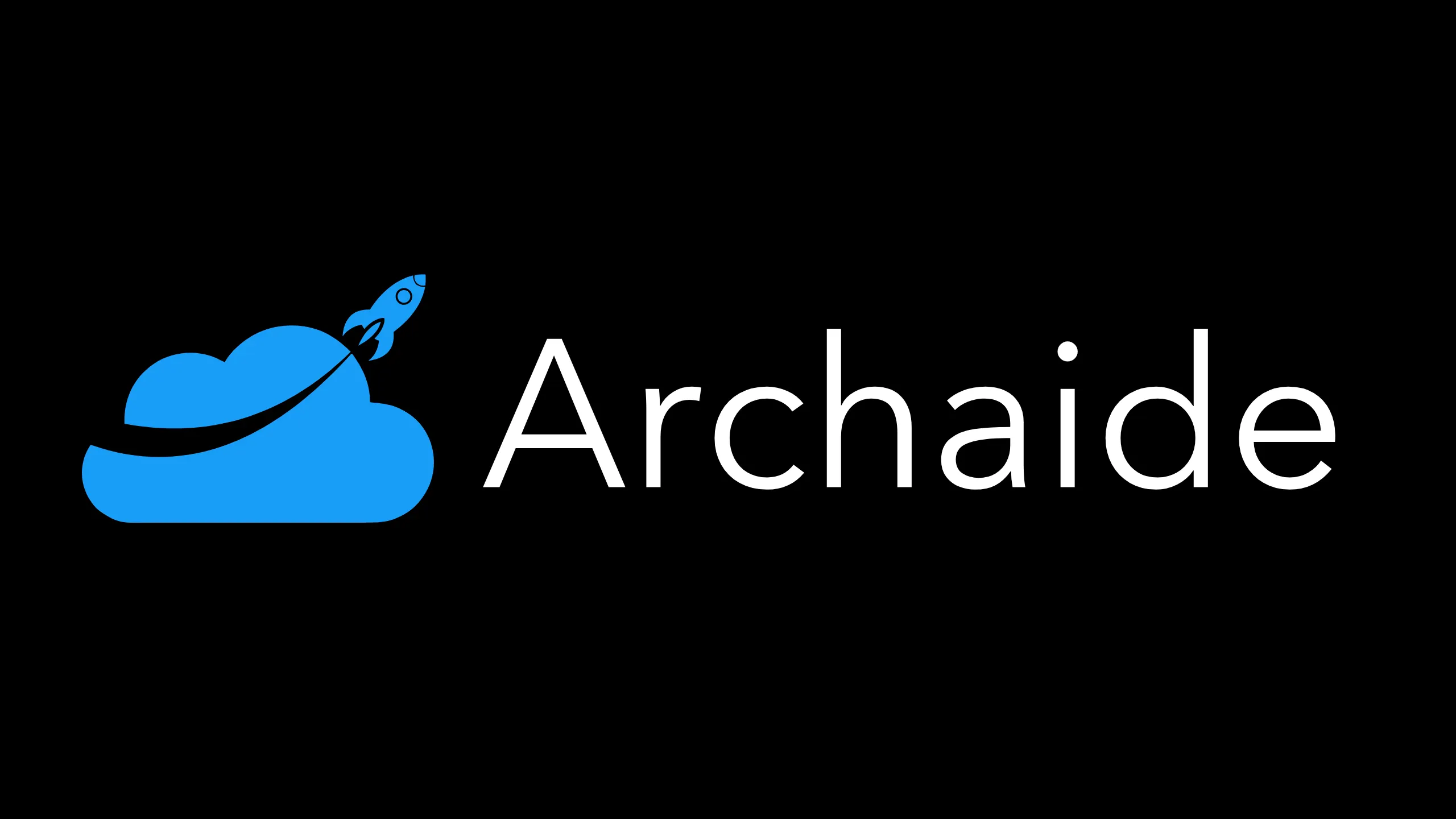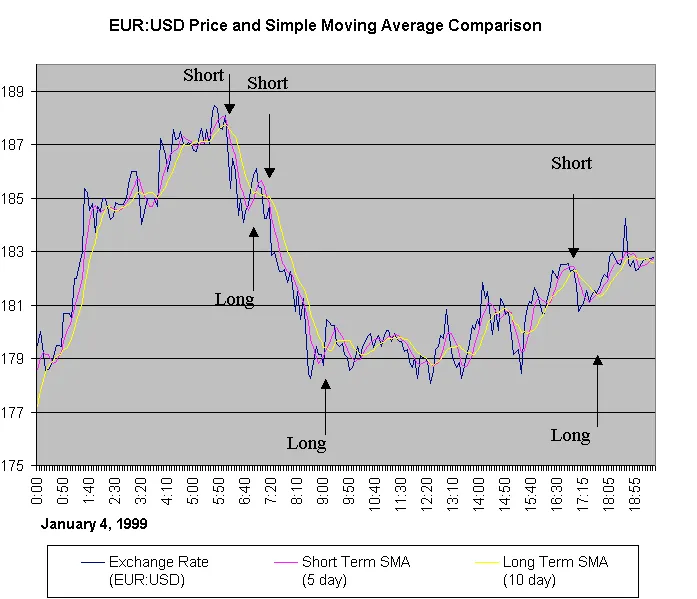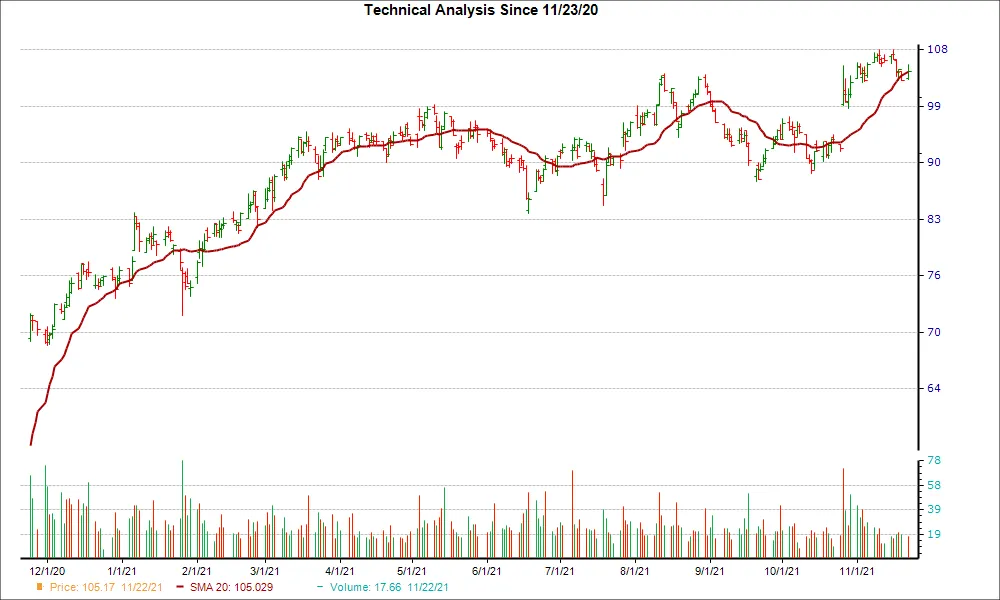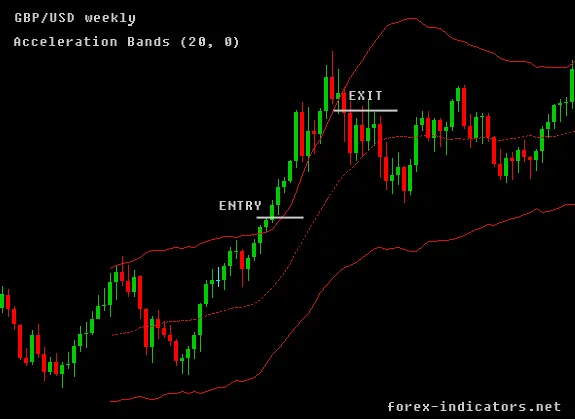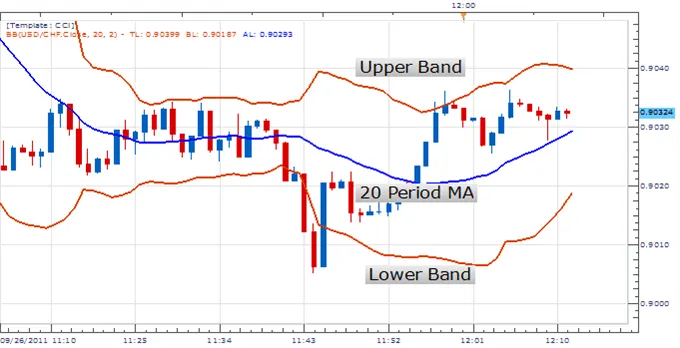On-Balance Volume Study
By Samantha Baltodano
TL;DR:
The On-Balance Volume calculates a running total of the volume going into and coming out of a security. It can be used to assess the strength and conviction behind underlying price movements of a security.
Increasing or decreasing price accompanied by increasing volume suggests a confirmation of the price trend. Increasing or decreasing price accompanied by decreasing volume suggests that the price movement is weak and lacking conviction.
What Is On-Balance Volume Study?
On-Balance Volume (OBV) combines price and volume in an attempt to determine whether price movements are strong or are weak and lacking conviction. OBV keeps a running total of volume flowing into or out of a security.
When the security closes higher than the previous close, all of the day's volume is considered up-volume.
A close lower than the previous day's results in all of the day's volume considered down-volume.
A similar indicator to the OBV that combines volume and price movement is the Chaikin Oscillator. Also, the Money Flow Index uses price and volume in what is considered by some a more precise and realistic manner.
Calculation
OBV is a simple calculation:
- On an up day, the volume is added to the previous day’s OBV
- On a down day, the volume is subtracted from the previous day’s OBV.
This running total is your OBV Value.
Interpreting the OBV
A rising OBV is defined as a sign of smart money flowing into a security. As the public then moves into the security, both the security and the OBV will surge ahead.
If the price movement precedes the OBV movement, it is called a "non-confirmation." Non-confirmations tend to occur at bull market tops or at bear market bottoms.
Volume is generally interpreted as follows:
- Increasing or decreasing price accompanied by increasing volume suggests a confirmation of the price trend.
- Increasing or decreasing price accompanied by decreasing volume suggests that the price movement is weak and lacking conviction.
The OBV indicator might be used by traders as a tool to confirm price trends or warn of potential price reversals because of divergences between the price and the OBV indicator.
An example of an On Balance Volume divergence is given below on the price chart of Merck (MRK) stock:
Source: Commodity.com
Figure 1: OBV pot for MRK stock
What Does High #1 to High #2 Show?
Merck stock made higher highs, but the OBV indicator made lower lows. This bearish divergence could be a warning that price could potentially fall.
Since the OBV indicator adds volume when price closes higher than the previous day’s close, the OBV indicator could be interpreted as meaning that less volume flowed into High #2 than flowed into making High #1.
Less interest by buyers at High #2 suggested that the price move higher was unlikely to continue.
What Does High #2 to High #3 Show?
Again, the price of Merck stock increased, yet the OBV indicator warned that more volume was occurring on down days than up days.
This bearish divergence warned stock traders that the recent price increases were lacking strong commitment by buyers.
Interpreting Low #1 to Low #2
The stock price made higher highs, which is generally considered a bullish signal; however, the OBV indicator made lower lows. Volume on down days was on average larger than volume on up days.
Summary
- OBV combines price and volume to determine whether price movements are strong or are weak and lacking conviction.
- Similar indicators that utilize volume and price of a security are the Chaikin Oscillator and the Money Flow Index.
- Increasing or decreasing price accompanied by increasing volume suggests a confirmation of the price trend.
- Increasing or decreasing price accompanied by decreasing volume suggests that the price movement is weak and lacking conviction.
On-Balance Volume is just one of many studies that Archaide automates. For a full list of strategies and studies available click here.
Like what you read? Check out the rest of our content!
